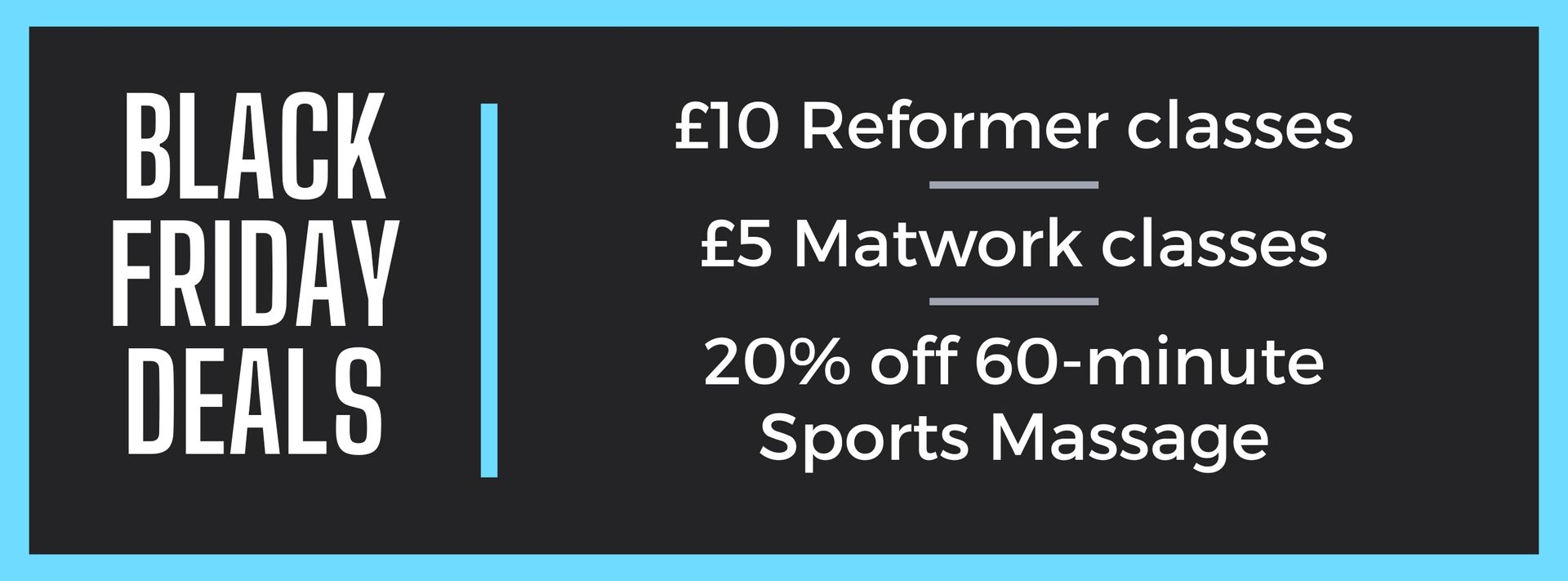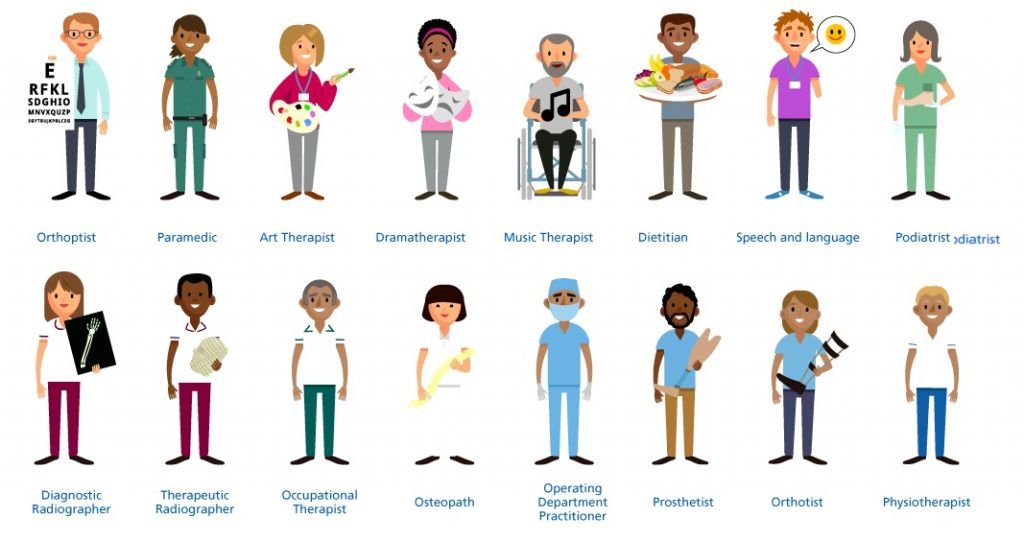Eating Healthy
Is healthy eating actually a priority?
The simple answer is Yes.
In this blog we will go over a couple of reasons why healthy / clean eating is important and how beneficial it can actually be. We will also have a look at the physical and mental benefits from clean eating, finally we will give you some "go to" healthy meals and snacks for you to try.
Why Healthy eating is a great idea
Eating clean doesn't only help you physically but it can be very mentally beneficial. Healthy eating makes you feel good and strong, definitely compared to eating fast food or junk food. Granted, it is easier to go for a takeaway or to get something on your way home, but you have to be disciplined to keep that healthy lifestyle going.
The term "Eating clean" - The fundamentals of eating clean encourage you to consume more whole foods such as fruits, vegetables, protein, and healthy fats, and limit highly processed snack foods, sweets and other packaged foods. A massive benefit to eating healthy and cleanly is that the process makes you feel better and stronger. Everyone knows that feeling after you have eaten an entire bag of sweets or a large bar of chocolate, it's not the best feeling and if you can cut those bad habits out then I guarantee you will feel better and more energised for it.
When trying to lose weight, we recommend you try to maintain a small calorie deficit, which simply means you marginally burn more calories than you take in, this means you can keep healthy and feel good, but lose some weight at the same time.
Foods to take out of your life, and more importantly, foods to consume more of:
Avoid foods which are high in wheat or refined grains, these types of foods have high levels of carbohydrates and even though they may not be "bad for you", they definitely contain a-lot of calories and cause weight gain if you don't eat within moderation. This also includes bread and foods with lots of vegetable oils in. Although fruit is great for you and very healthy, when eaten in large quantities, you can have reverse affects and cause yourself discomfort and even make you ill. Fruit also has a lot of natural sugars which is one of the best forms of sugar to consume but obviously within moderation.
Important foods to have more of include, eggs, red meats, nuts and avocado. Some health blogs would recommend you avoid red meats as they are high in protein which can cause weight gain, but in actual fact, red meats are essential in muscle growth and help you maintain the calorie intake you need everyday. A massive mis-conception is cutting out loads of foods to lose weight, but this can be very unhealthy, the key to healthy eating is "eating clean" change what you eat, not how much you eat. Do this first and then you can start to slowly cut back on quantities of meals and daily intake. Once you have done this you can start to eat at a slight calorie deficit which means you will naturally lose weight and still be able to enjoy food, in addition to not starving yourself.
Quick recommendations:
- Eat more fruit and vegetables,
- Consume less salt,
- Avoid food and drink high in sugars, (e.g fizzy drinks / chocolate)
- Cut down on pasta/bread if you are trying to lose weight,
- Add more fish to your diet, (try to have fish once a week if not more)
Conclusion:
To conclude, start by making a weekly/monthly plan of what you are going to eat. Obviously you cant plan a month in advance but if you have a rough idea. For example, Tuesday's and Friday's you eat fish etc...
Also start by cutting/getting rid off unhealthy products from your diet, e.g. fizzy drinks and no desserts in the week (or at all). Alcohol can have a negative affect on healthy eating. Alcohol makes you bloated and has lots of calories.
Being disciplined is key, you can't be soft with it. It is going to be tough but with some persistence and dedication you can get through it. After 30 days you will be used to it and you won't struggle as much. "Breaking the ice" and starting is the hardest part.
If you are struggling with the full on change in lifestyle, try 80-20. This is where you consume healthy food and drink 80% of the time but the other 20% you can be a bit more relaxed and chilled with your intake. It's all about balance.



